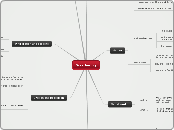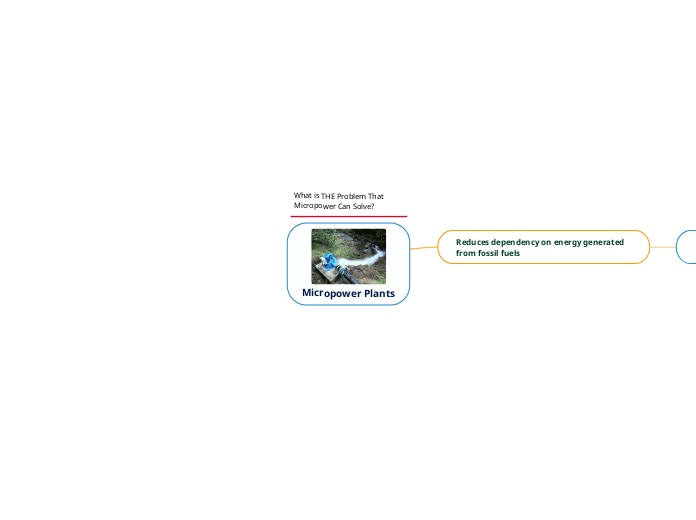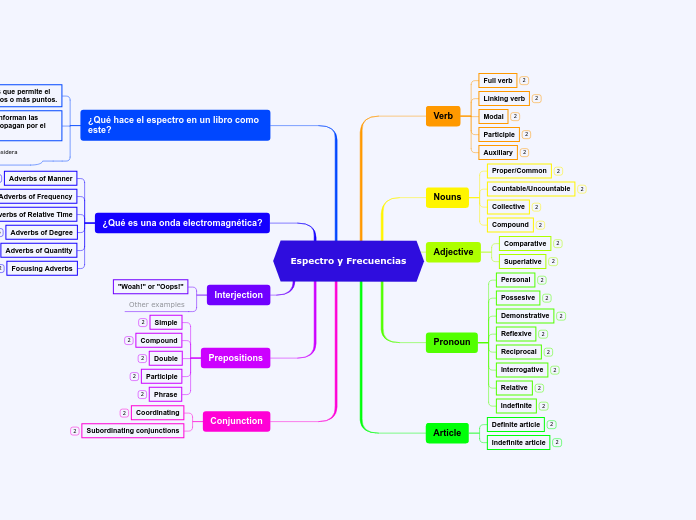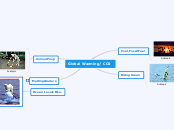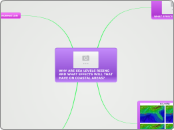Weathering
Erosion and Deposition
gravity is the force that moves rock and other materials downhill
mass movement
creep
a very slow downhill movement of rock ad soil
slump
a mass of rock and soil suddenly slips down a slope in one mass
mudflow
a rapid downhill movement of water, rock aand soil
lanslides
rock and soil move quickly down a sleep slope
Deposition occurs where agents of erosion deposit or lay down sediment.
sedimentt is the loose peieces of rock or soil moved by erosion
Erosion is the process by which natural frces move weathered rock and soil from on place to another
wind erosion and deposits
deflation
windremoves surface materials
wind carried sand can polish the rock and cause little erosion
Deposition
Sand dunes occur when wind strike an obstical and the sand builds up in a pile
loess deposits are made of sediment that is finer than sand
Defonition: the chemichal and physical processes that break down rock at Earth's surface.
types: Chemical and Mechanical
Rate of weathering
Climate
both types of erosion occurs faster in a wet climate
Average wheather conditions in the area.
type of rock
Permeable rocks are full of little holes that water can seep through
rocks made of more minerals dissolf easier
Chemichal
Acid Rain
Living organisms
Carbon dioxide
Oxygen
Water
Mechanical
Release of pressure
Freazing and thawing
Abrasion
Actions of animals
Plant growing
water erosion
a floodplain is where a river overflows it covers the extra land around it.
runoff and erosion
Rills and gullies form whenrunoff travels because of gravity
they are grooves in the land from the water and sediment moving over it.
Amount of runoff
shape of the land
how the land is used
type of soil
vegitation
Amount of rain
runoff is water that moves over earth's surface and it is the major agent of the erosion that shaped earth's surface.
Streams and rivers
at stream is a channel along which water is continually flowing down a slope.
A large stream is called a river.
Glacial erosion
abrasion
the rocks that get stuck cause abrasion because they grind the bedrock underneath the glacier
plucking
the weight of the glacier breaks the rocks apart and the rocks get squeezed in between the ice and they move away with the glacier
Glaciers
Valley Glacier
they are confined between the mountains.
they are found in the sufes of man y high mountains
a long narrow glacier that forms when ice and snow build up high in a mountain valley
Continental Glaciers
they spread out far around the land
an ice age is when glaciers cover much of Eartg's surface. Those would all be a continental glacier.
This covers much of a continent or an island.
Waves and wave erosion
waves erode the land from impact
it makes cracks in rocks bigger and break it apart.
waves are formed from wind that blows across the surface.
they also erode by abrasion
it picks up sediment when it hits the beach and the sediment hits the land in other places and erodes it down
waves create land forms
headland:a part of the shore made of harder rock that sticks out
sea cave
the waves hollow out the cliff
sea arch
when sea caves on either side join together
sea stack
left standing when a sea arch collapses.
depositional features
beach
waves pile up sand on the shore
spit
Subtopic
formed as longshore drift deposits sand along the shore
sandbar
formed by wave action
